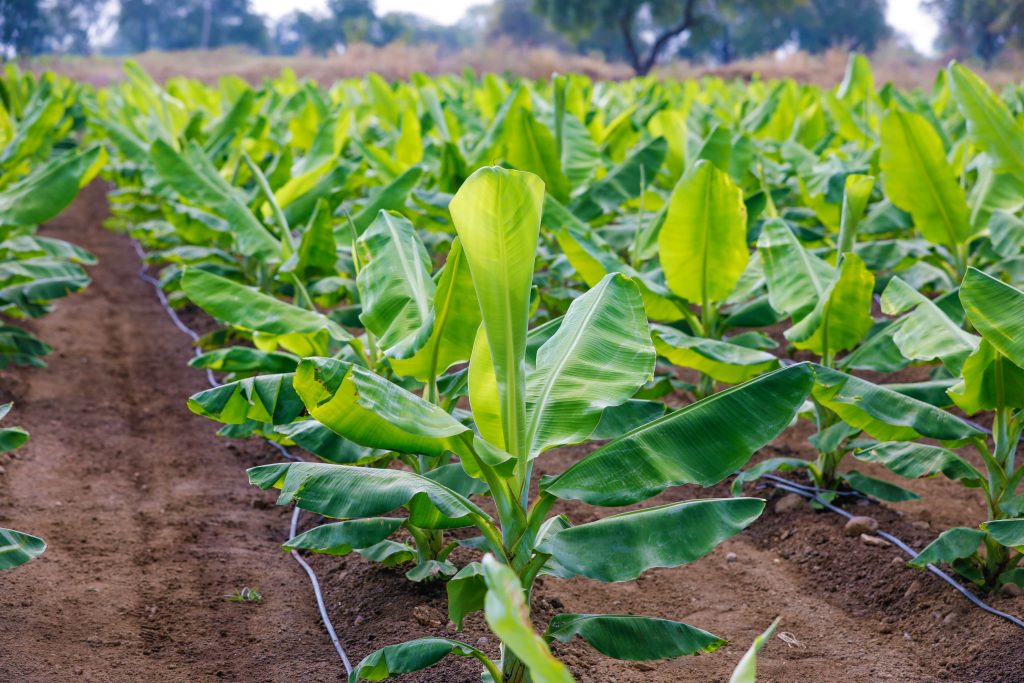Introduction
Have you ever pondered where the bananas you savour in your breakfast smoothie or dessert come from? Unlike the apples grown in a nearby orchard, these tropical treats follow a unique and fascinating journey before they land in your shopping cart. This article provides a detailed inspection into the world of banana production – from humble tree sprout to the glossy yellow fruit on your kitchen counter.
For well researched and approved comprehensive banana production guide book, click here.
Origins and Plantation
Bananas, classified as a berry, stem from the large herbaceous plant genus ‘Musa’ and have been a sustainable source of nutrition for millennia. Originally native to Southeast Asia, today, they are cultivated in over 135 countries globally, primarily for their fruit.
The Perfect Climate for Growth
The ideal conditions for banana growth lie in the tropical regions, typically falling within 30 degrees of the equator. These environments provide the banana plants with the warmth, humidity, and rainfall they crave. Indeed, each banana plant requires up to 9 months of tropical sunlight and roughly 26 inches of rain yearly to flourish.
Life of a Banana Plant
A banana plant sprouts from an underground corm, grows rapidly, and produces flowers at its peak growth. These flowers eventually transform into a cluster of bananas called a ‘hand’, sitting on a stalk known as a ‘bunch’. Each hand boasts around 15-20 bananas, fondly termed ‘fingers’.
Under optimal conditions, banana plants can produce up to two bunches a year. However, the growth process is such that each plant fruits only once in its lifetime. Once harvested, the plant is cut down, allowing a new shoot to mature from the corm.
Harvesting and Processing
Harvesting bananas is no small feat—it’s a labour-intensive process requiring precision and timing.
Timing the Harvest
Harvesting bananas prematurely will lead to a fruit that won’t ripen properly, while a delayed harvest could result in overripe or split bananas. As such, farmers rely on a range of factors like the size, colour, and age of the fruit to determine the optimal harvest time.
Typically, bananas are harvested when the fruit is about 75% mature—green, firm, and blunt-ended—an optimal stage for the transportation and ripening processes ahead.
On-Site Processing
Once harvested, bananas undergo immediate cleaning to remove any attached debris. They’re then sorted and packed in boxes for transportation. To prevent premature ripening, the fruit must be kept at a lower temperature (13.2°C to 14°C) during transit.
Beyond the Farm: Distribution and Ripening
Bananas go through an elaborate method post-harvest to ensure they reach consumers at the peak of their ripeness.
Ethylene Gas and Ripening Rooms
Upon reaching their destination, bananas are placed in temperature-controlled ripening rooms and exposed to ethylene gas. Bananas naturally produce ethylene, triggering their ripening process. This external addition of Ethylene ensures a uniform colour and ripeness of bananas for consumers.
Readying for the Shelves
Following the ripening process, bananas are inspected for quality, then packed and labelled for distribution to retail outlets.
For banana production and other farming related consultancy & training services, book for consultancy with our well trained & certified experts by clicking on the booking link . Click here to book.
Conclusion
From nurturing in a tropical climate to being harvested at the right maturity level, and maneuvering through complex ripening processes, the journey of transforming a humble banana tree sprout into delightful fruit is indeed fascinating. The next time you enjoy a banana, take a moment to appreciate the elaborate orchestration behind its journey to your plate.
“Shipped green to traverse vast distances, ripened under stringent controls to achieve that perfect flavour and texture—every banana you enjoy undergoes quite a journey!”
So, whether it’s enriching your breakfast cereal or baked into a loaf of bread, the ubiquitous banana is not just a healthy snack, but a testament to the intricacies of nature and human ingenuity in agri-food production.

